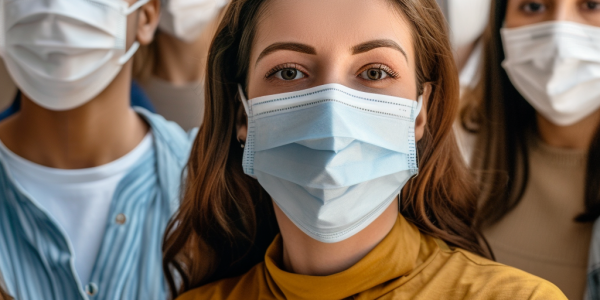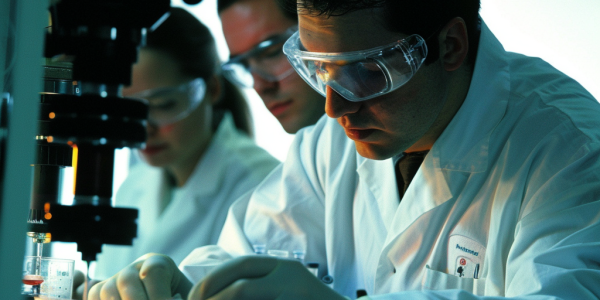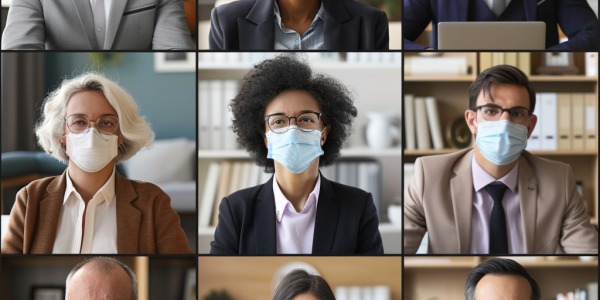Study Shows N95 Respirators Highly Effective in Preventing Airborne Transmission of SARS-CoV-2
A recent study conducted by researchers at the University of Maryland (UMD) has highlighted the effectiveness of N95 respirators in preventing the leakage of SARS-CoV-2 virus into the air. The study compared various face masks and respirators in impeding the transmission of COVID-19. The ‘duckbill’ N95 respirator was found to be the most effective, stopping 98% of the virus from entering the air. This research emphasizes the importance of using N95 respirators to reduce the airborne transmission of the virus, especially with highly transmissible variants like Omicron.
WHO Introduces New Guidance on Airborne Disease Transmission
Learn how MIT researcher Lydia Bourouiba’s work influenced the World Health Organization’s new guidance on airborne disease transmission. Her expertise in fluid dynamics and disease transmission has reshaped terminology and understanding of how respiratory pathogens spread, leading to more effective strategies for mitigating transmission.
CO2 Levels Impact Airborne Virus Transmission, Study Finds
Discover the groundbreaking research from the University of Bristol on the impact of carbon dioxide levels on airborne virus transmission. Elevated CO2 levels in poorly ventilated spaces create acidic conditions in respiratory droplets, prolonging virus survival and increasing transmission risk. Learn how proper ventilation can mitigate this risk and the broader implications of rising global CO2 levels on public health.
WHO to Launch Global Technical Consultation Report on Pathogens Transmitting Through the Air
The World Health Organization (WHO) is launching a global technical consultation report on proposed terminology for pathogens that transmit through the air. The webinar aims to establish a unified language for describing the transmission of air-borne pathogens that can lead to human infection. Experts from various disciplines and major public health agencies will participate in outlining the updated terminology and addressing technical questions. Registration is open for this important event led by the WHO Chief Scientist.




